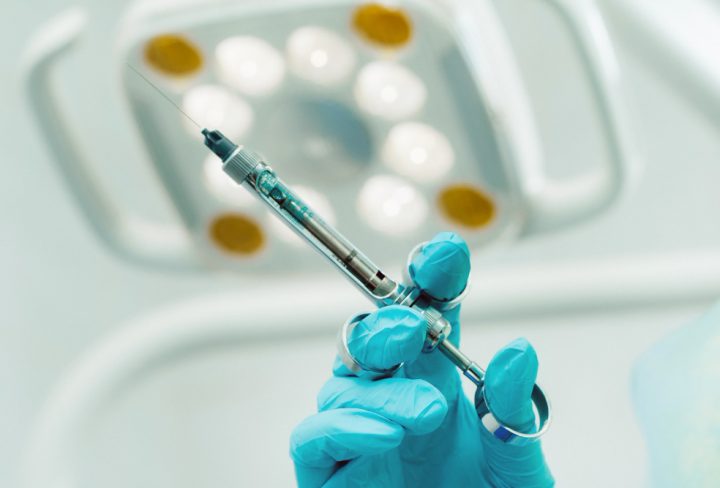Introduction
Local anesthetic toxicity is a rare but serious problem in anaesthesiology. It happens when too much local anesthetic enters the body. This can cause harmful effects on the brain, heart, and other organs. Because safe anesthesia practices are important, preventing local anesthetic toxicity is a top priority for doctors. Knowing the signs of anesthetic overdose and understanding how to stay safe can help protect patients. In this blog, we will explain what local anesthetic toxicity is, its symptoms, causes, diagnosis, and how to prevent it.
What is Local Anesthetic Toxicity?
Local anesthetics are medicines that numb a small area of the body. Doctors use them for many procedures, such as dental work or minor surgeries. However, if too much of the medicine is used or it enters the bloodstream quickly, it can cause local anesthetic toxicity. This means the medicine affects the whole body, not just the area being treated. Although this is rare, it can be dangerous if not treated quickly.
Common Symptoms and Warning Signs
It is important to know the signs of anesthetic overdose. Early symptoms often appear within minutes. If you notice any of these warning signs, tell your doctor right away:
Sometimes, symptoms may start mild but can get worse quickly. Therefore, early action is very important.
Causes and Risk Factors
Several things can increase the risk of local anesthetic toxicity. Understanding these can help with preventing local anesthetic toxicity:
In addition, some people may be more sensitive to these medicines. Doctors always check your health history before giving anesthesia.
How is Local Anesthetic Toxicity Diagnosed?
Doctors diagnose local anesthetic toxicity by looking at your symptoms and medical history. If you show warning signs during a procedure, your care team will act quickly. They may check your blood pressure, heart rate, and breathing. Sometimes, blood tests are used to measure the level of anesthetic in your body. Quick diagnosis helps prevent serious problems.
Prevention Strategies in Anaesthesiology
Preventing local anesthetic toxicity is a key part of safe anesthesia practices. Doctors and nurses follow strict steps to keep you safe:
Because of these steps, local anesthetic toxicity is very rare in modern anaesthesiology.
What to Do in Case of Suspected Toxicity
If you or someone near you shows signs of anesthetic overdose, act fast. Tell the medical team right away. Doctors will stop giving the anesthetic and start treatment. They may give oxygen, medicines to control seizures, or special drugs to remove the anesthetic from your body. Quick action can save lives and prevent long-term problems.
Lifestyle and Safety Tips for Patients
Patients can also help with anaesthesiology patient safety. Here are some tips to follow before any procedure:
By staying informed and speaking up, you help your care team keep you safe.
Conclusion
Local anesthetic toxicity is rare but can be serious. Knowing the symptoms, causes, and ways to prevent it helps keep you safe. If you have concerns about anesthesia safety, consult a qualified anaesthesiologist for personalized advice.
